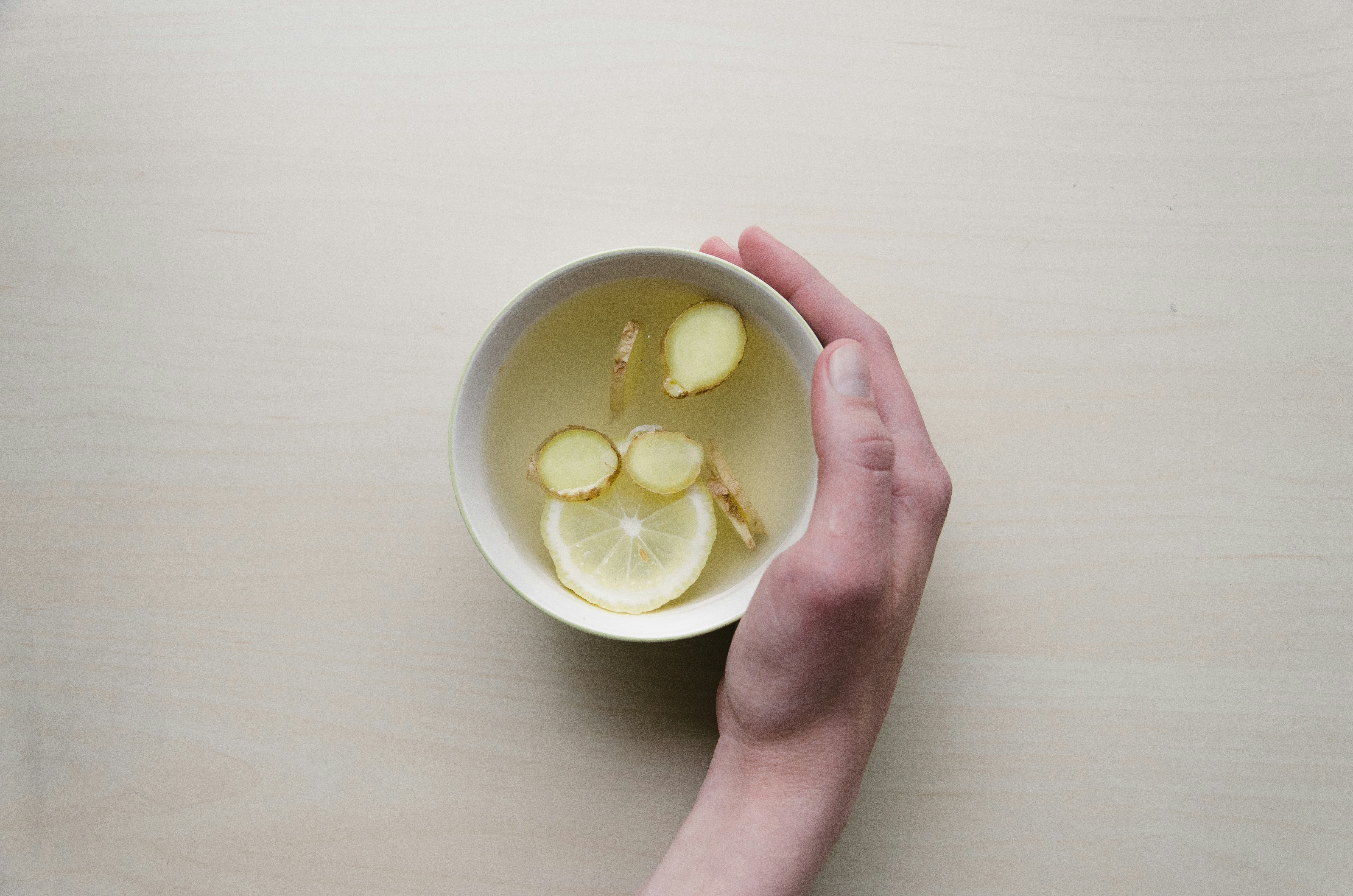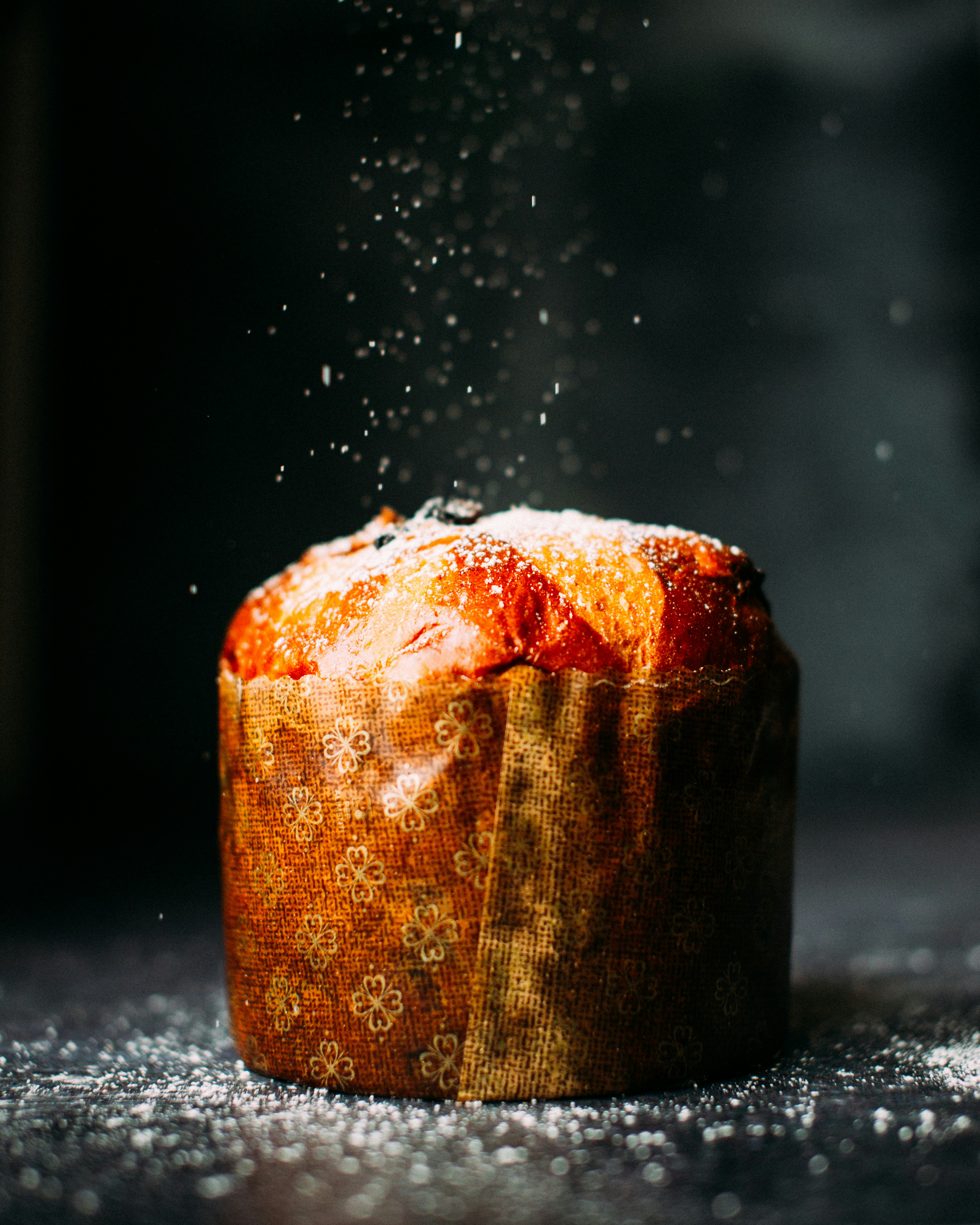Are you looking to enhance your garden and promote a thriving ecosystem? If so, you may be wondering how to attract pollinators to your outdoor space. Whether you have a green thumb or are just starting out, creating a welcoming environment for pollinators such as bees, butterflies, and birds can greatly benefit both your garden and the surrounding environment. By incorporating a variety of colorful flowers, providing nesting and resting places, and avoiding the use of harmful chemicals, you can easily transform your garden into a buzzing paradise for these essential creatures.
Creating a Pollinator-friendly Garden
Creating a pollinator-friendly garden is a wonderful way to not only beautify your outdoor space, but also support the vital work of pollinators such as bees, butterflies, and hummingbirds. By choosing the right plants, providing shelter and nesting spots, avoiding pesticides, and offering a water source, you can create a haven for these important creatures.
Selecting the Right Plants
One of the first steps in creating a pollinator-friendly garden is choosing the right plants. Native plants are particularly beneficial, as they have evolved alongside native pollinators and provide them with the nectar and pollen they need to thrive. Research the native plants in your region and incorporate them into your garden.
Additionally, selecting plants with different flowering seasons ensures a consistent supply of nectar and pollen throughout the year, attracting and supporting a wide variety of pollinators. It’s also important to include a variety of flowers with different shapes and colors to cater to the preferences of different pollinator species.
Providing Shelter and Nesting Spots
Just like any living creature, pollinators need shelter and nesting spots in your garden. Including a range of vegetation, such as trees, shrubs, and herbaceous plants, provides hiding places and protection from predators. Moreover, consider adding bee houses or insect hotels specifically designed to attract solitary bees and other beneficial insects. Leaving bare ground areas also provides nesting opportunities for ground-nesting bees.
Avoiding Pesticides
Using pesticides in your garden can harm not only the intended pests but also the vital pollinators you are trying to attract. Instead, opt for organic pest control methods such as companion planting, attracting beneficial insects, and practicing proper garden hygiene. Introducing plants that naturally deter pests can also help minimize the need for insecticides.
Providing a Water Source
Providing a water source is equally important for pollinators. Create a shallow water dish or birdbath where bees, butterflies, and birds can safely drink and cool off. Adding pebbles or stones to your water source will provide landing sites, preventing accidental drowning. Be sure to regularly refill the water source to ensure it remains accessible to your pollinator friends.
Maintaining a Pollinator-friendly Garden
To ensure your pollinator-friendly garden thrives throughout the seasons and continues to attract and support pollinators, regular maintenance is necessary. This involves tending to the garden, practicing proper watering techniques, removing invasive plant species, and monitoring and managing pests.

Regularly Tending to the Garden
Regularly tending to your garden is crucial for its overall health and attractiveness to pollinators. Remove weeds that may compete with your chosen plants for nutrients and water. Apply a layer of organic mulch to retain moisture and suppress weed growth. Pruning and deadheading spent flowers not only keeps your garden tidy but also encourages new blooms and extends the availability of nectar and pollen.
Practicing Proper Watering Techniques
Watering your garden correctly is essential for the well-being of both your plants and pollinators. Water at the base of plants to ensure the water reaches the roots where it is needed most. Avoid excessive watering, as it can lead to root rot and attract pests. Consider using drip irrigation or soaker hoses, which deliver water directly to the soil, reducing evaporation and water waste. Water during cooler parts of the day, such as early morning or late afternoon, to minimize moisture loss.

Removing Invasive Plant Species
Invasive plant species can outcompete native plants and disrupt the delicate balance of your pollinator-friendly garden. Regularly inspect your garden for any invasive plants and familiarize yourself with their characteristics for identification. When removing invasive plants, be sure to use appropriate removal methods to prevent their spread. Replace them with native alternatives that will provide essential resources to pollinators.
Monitoring and Managing Pests
Pests can be a nuisance in any garden, but it’s important to approach their management in a way that minimizes harm to pollinators. Regularly inspect your plants for signs of pests and take appropriate action to protect your garden. Instead of using chemical insecticides, employ organic pest control methods, such as introducing natural predators or using physical barriers, to manage pest populations effectively while preserving the health and well-being of pollinators.
By following these steps and implementing pollinator-friendly practices in your garden, you can create a welcoming habitat for pollinators and contribute to the preservation of these vital species. Enjoy the beauty and productivity your garden will provide as it becomes a buzzing haven for bees, butterflies, and other pollinators.





